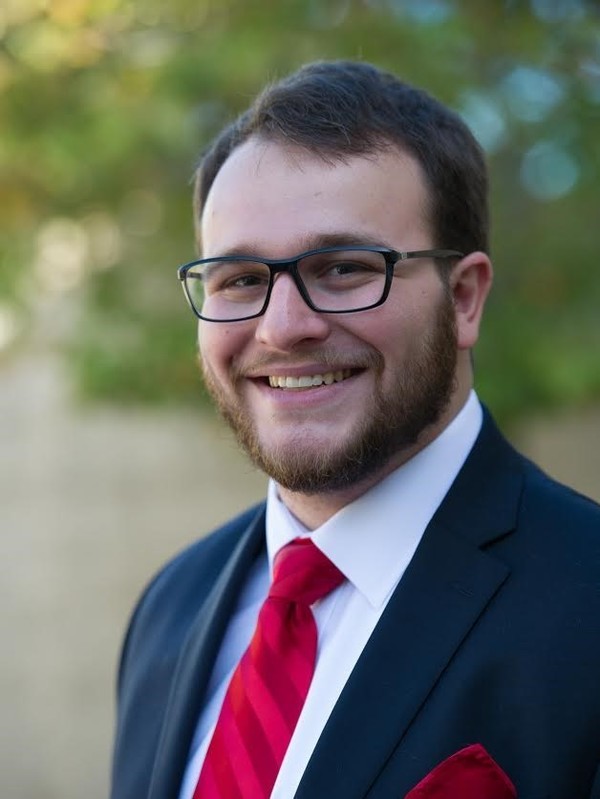
Craig Reingold, fourth-year graduate student in the Nuclear Science Laboratory working with the group of Prof. Anna Simon, spent ten weeks in summer 2018 at the Lawrence Livermore National Laboratory. He joined the Academic Cooperation Program at Lawrence Livermore National Laboratory which hosts up to 800 undergraduate and graduate students each year. The program is designed to encourage external collaborations with LLNL. His stay at LLNL was also partially funded by CENTAUR: Center for Excellence in Nuclear Training and University-based Research. CENTAUR is a five-year grant from National Nuclear Security Administration (NNSA) that is focused on training the next generation of nuclear physics
scientists for national security efforts. Within the center, each year one graduate student from the participating institutions is selected for the program at a national lab.
Craig worked with his collaborators Dr. Jason Burke and Dr. Richard Hughes on the data analysis for his Ph.D. thesis. “For my PhD research,” says Craig, “I am studying nuclear reactions on rare earth nuclei of dysprosium and samarium. Our research project made use of the Hyperion particle-gamma array that was built by our collaborators at LLNL. Hyperion is comprised of twelve High Purity Germanium detectors coupled to two annular, segmented silicon detectors for measuring coincident charged particle and gamma-ray energies. We fielded a two-week long set of experiments at the Texas A & M University Cyclotron Institute to measure the nuclear reaction properties and nuclear structure of several dysprosium and samarium isotopes. The experiment was designed to indirectly measure radiative neutron capture cross sections on rare earth elements using a high-energy proton beam incident on thin samarium and dysprosium isotopes. Radiative neutron capture cross sections are of particular interest to nuclear applications; however, they are very difficult to measure directly. Therefore, developing robust methods for indirect measurements is important. One of the indirect measurement techniques we plan on employing is the surrogate method, developed at LLNL. We are currently working on extracting gamma-ray decay probabilities, which are the experimental input necessary for the surrogate method.”